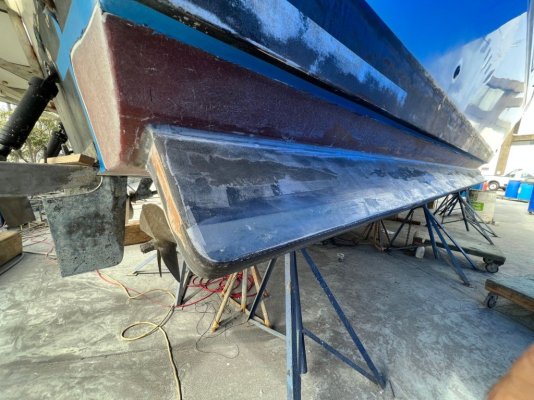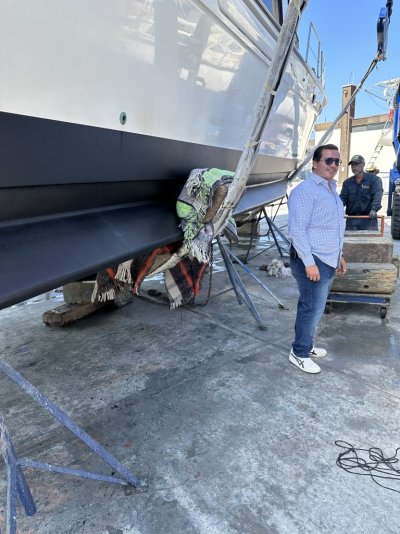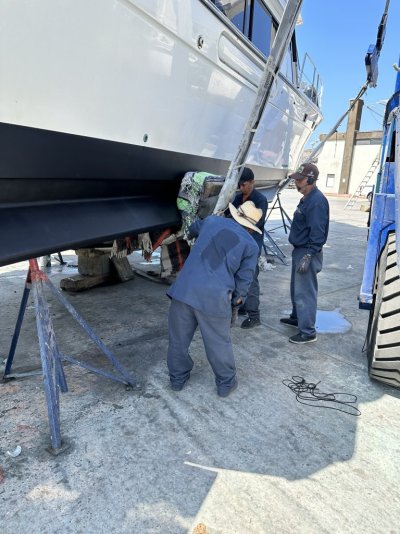You can easily run them off the batteries. I was running them off a 500 Ah AGM bank for a long time, never got below 70 % discharge when we woke up and that was with all fridges, anchor lights and a few exterior lights plus stabilizers on. So that is about 150 Ah during the dark hours, when my solar panels don't produce anymore.
You can set the anchor mode to night plus dock and then turn the sensitivity all the way down. The degrees will be limited to 20 up and down, are in electricity saving mode and they still keep the boat nice and steady.
The good part is that the stabilizers, even when they are centralized i.o.w. not in use, already give stability.
You really need to be beam on, in a heavy sea on anchor to have them working constantly. And that is normally not where you anchor.
Most of the times in anchorages it is the wake of passing boats that create some activity of the stabilizers, but the moment that disturbance is gone they use no electricity anymore. On top of that, they don't operate at full power all the time. The computer will know how fast the fins have to move inorder to stop the rolling motion.
So when the disturbance is heavy they move fast in the beginning but then slow down until they stop when the rolling is gone.
When the disturbance is light they move slow and gentle deflection using hardly any electricity.
At this moment we are at anchor, it is blowing about 15 knots, but there are no real waves that make us roll, so the stabilizers are idle, they use no electricity. But they will react instantly when a wave would hit us.
Fun part is that you become so used to not rolling that it almost feels like you are sleeping on land.
And to top it off there is a setting called MSS in the anchor mode. Normally when your speed drops below 4 kts it thinks you are about to dock, so the fins centralized. However it could be rough when you come into port so you want to be stabilized. That is the MSS mode.
But we found out that the MSS mode is perfect when you get a heavy TS while you are at anchor and you need to avoid other boats
You can maneuver the boat while the storm is pushing you around and you will be as stable as possible as we found out a few weeks ago. Without the stabilizers it could have been a different ending.
As for the cost.
We went outside of the EU to have them installed, so no VAT, saved us a ton of money.
In the US I spoke with a boat owner who installed them himself together with his sons. Worked out fine, saved him a lot of money as well



